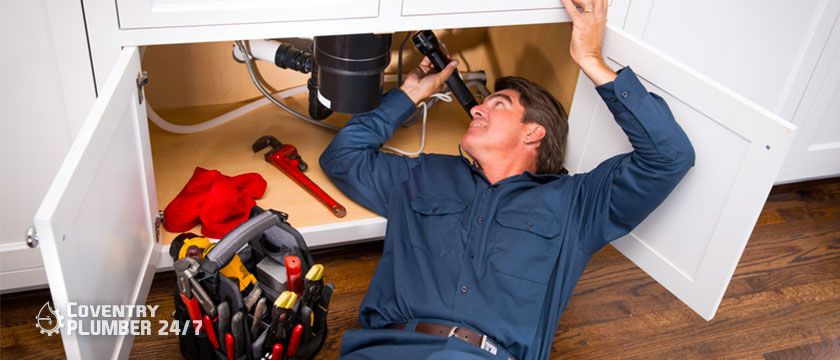
11 Dec. 21
Ways to Keep Your Home Warm in Winter
Even though we are still living in the days of summer, winter is at hand for all of us. The sweet warmth of the sun will soon give way to rain and wind. We must admit that the winter season has its own magic. However, most of us do not like to be cold. If you want to minimize the effect of these adverse weather conditions, you can consider making minor adjustments to your homes starting from the first days of autumn. Here are some useful tips for both reducing expenses and warming your home better!
Use Your Curtains Effectively
When the weather gets cold and heating costs start to increase, the sun, which is both natural and healthy and a free heat energy source, will come to your rescue! On clear days, you can use thin tulle curtains throughout the day to ensure that your home receives more light and increases the ambient temperature. But since the weather will get cold as the sun goes down, it is useful to keep the curtains you use at night thick. Thus, the cold air coming from the windows cannot penetrate through the curtains, and this reflects positively on your bills.
Close Air Spaces in Windows and Doors
Even though it is not seen in new generation double glazed PVC joinery models, air leakage problem is quite common in old type wooden and aluminum windows. By having these openings repaired, you can prevent heat loss and save energy. If you want to repair it yourself, you can easily do it by using window putties that you can buy from DIY stores.
After overhauling the windows, we should not forget the thermal insulation on the doors. In order to prevent cold air from entering through the doorway, you can apply foam or sponge-shaped apparatuses that fill the gap between the floor and the door. It is not difficult at all to save heat by mounting these self-adhesive apparatus under your door.
Our licensed Heating Engineers Coventry team is always on call.
Leverage the Power of Carpets
Carpets, which are an integral part of home decoration for many of us, are also extremely functional in terms of thermal insulation in winter! Research shows that having a carpet on the floor increases heat insulation and provides energy savings of up to 10%. However, at this point, it is extremely important which carpets you prefer. As you can imagine, thick carpets that spread over large surfaces provide more effective protection against the cold coming from the floor. In addition, carpets with a high number of loops retain heat well because they pass air less. Especially in the winter months, you can turn to this type of carpet.
Close the Doors of Unused Rooms
Although it may seem like a small detail, closing the doors of unused rooms will save you a lot of money. The heat inside the house spreads throughout the house. This means more heating costs. Why would you spend more for a room you don’t use? In addition, closing the honeycombs in the rooms you do not use is among the methods you can apply. For example, turning on the honeycomb of your study room a little before starting to work and heating the room is sufficient for a warm working environment.
Prefer Thick Fabrics
When the summer is over, we put our fluffy dresses and thin clothes on the shelf and highlight the thick sweaters and velvet pants. Why not the same for our home? Soft and thick blankets, armchair and sofa covers, your old thick sweater that is worn with love and is too big for you… These are your best friends who will be there to protect you from the cold… That’s not all; Warm bedspreads with beautiful patterns and comfortable slippers will bring the magical atmosphere of winter to your home, adding a wonderful concept and aesthetics.
Keep Room Temperature Constant
We want our house to be warm in winter. However, this may not always be the right attitude. Overheating indoors leaves our immune system weak against cold weather and this invites diseases. Not to mention a high natural gas bill at the end of the month and the damage caused by carbon emissions to nature… The standard temperature set by the World Health Organization for the living room is 21 degrees. WHO considers 18 degrees appropriate for other rooms. Of course, if there are children or the elderly at home, this temperature can rise up to 20 degrees. Still, it’s a good idea to keep your thermostat between 18 and 21 degrees.
Pay Attention to the Placement of Furniture
One of the mistakes made about home decoration is to place the furniture in front of the honeycombs. This causes the honeycombs to not be able to distribute the heat effectively to the house. So it wastes energy and makes your home a cooler place. By making a small change in your decoration in winter, opening the front of the radiators allows the heat to spread more easily.


